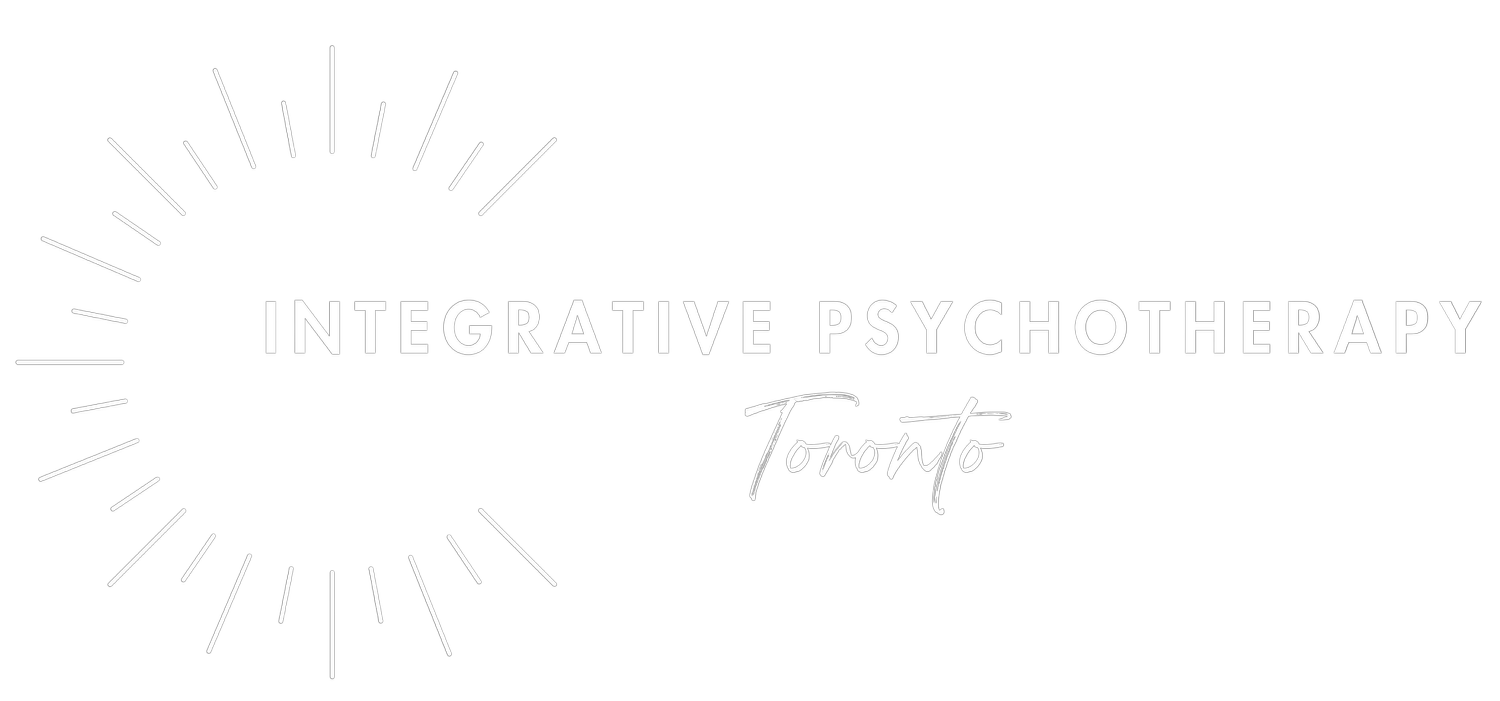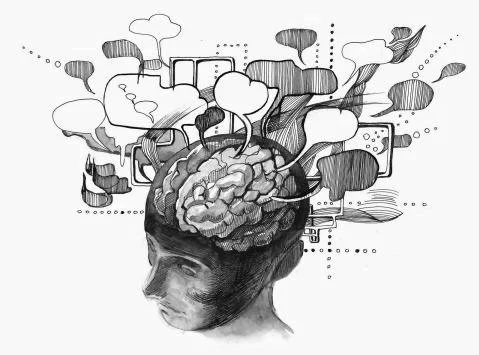A Holistic Approach to Healing in Uncertain Times
In Toronto’s fast-paced environment, stress is often more than a passing phase—it’s a persistent experience that shows up physically, emotionally, and mentally.
With Somatic Therapy, people are finding relief from the weight of modern stressors. Rooted in the understanding that the body and mind are deeply interconnected, somatic therapy provides a unique way to address stress by focusing on how emotions manifest physically.
This holistic therapy offers a way to not just manage, but to deeply transform how we react to stress, shifting our body’s natural alarm system from panic to peace.
The Connection Between Stress and the Body
Stress is a natural response to challenges, but chronic stress can lead to significant mental and physical health issues. Stress activates the body’s “fight or flight” response, leading to the release of stress hormones like cortisol and adrenaline. Over time, constant activation of this response can contribute to anxiety, depression, cardiovascular problems, and immune system suppression.
Understanding Stress: Body, Mind, and Nervous System
Stress is more than a mental experience; it’s a full-body reaction. Our bodies are wired with a stress response system, designed for survival. This system has evolved to protect us from danger, but when we face chronic stressors—like demanding jobs or constant to-do lists—our body’s alarm system can become dysregulated. In this state, our nervous system is perpetually in “fight or flight” mode, keeping us on edge.
The Body’s Alarm System: Stress and Nervous System Dysregulation
Our nervous system has three main modes: rest, hyperarousal (fight, flight, freeze), and hypoarousal (shut down). When we experience acute stress, we shift from rest into hyperarousal mode, where adrenaline and cortisol flood our system, increasing heart rate, and redirecting blood to our muscles. Over time, this constant stress response can restrict our “Window of Tolerance”—a concept describing the range within which we can handle challenges effectively without feeling overwhelmed.
In Toronto, where stressors are constant, many find themselves in a loop of hyperarousal (panic, anxiety) or hypoarousal (exhaustion, depression), without a path back to calm. Somatic Therapy can help break this cycle.
What is Somatic Therapy?
Somatic therapy is a form of body-centred psychotherapy that taps into the deep relationship between the mind, body, and emotions. Unlike traditional talk therapies, somatic practices acknowledge that stress, trauma, and emotions are stored in our bodies as well as in our minds. By addressing both, Somatic Therapy helps create lasting change, allowing us to respond to stress in ways that empower rather than drain us.
Somatic Therapy encompasses methods like Breathwork, Deep Brain Reorienting and Eye Movement Desensitization and Reprocessing (EMDR). Each technique serves to recalibrate the nervous system, supporting the body’s natural resilience.
How Somatic Therapy Helps Manage Stress
Somatic therapy is particularly effective for stress management because it directly targets the body’s physiological response to stress. Rather than relying solely on verbal processing, it uses body awareness and movement to help clients release stored tension. Here’s how somatic therapy helps manage stress:
Releasing Stress Stored in the Body: Over time, unresolved stress can manifest in physical symptoms such as headaches, muscle tension, and even digestive issues. Many people hold tension in their muscles, especially in the neck, shoulders, and back. Somatic Therapy uses techniques to release this stored tension, reconnecting clients to their bodies in ways that facilitate healing.
Enhancing Body Awareness and Emotional Regulation: In Somatic Therapy, clients learn to tune into their physical sensations as a way to better understand their emotional states. By noticing tension in the chest or a churning in the stomach, clients become more aware of stress as it arises. This awareness allows us to shift our body’s response before stress spirals out of control, promoting a more balanced, resilient state.
Restoring the Body’s Window of Tolerance: Chronic stress keeps the nervous system in a heightened state of arousal. Repeated stress can narrow our Window of Tolerance, making us more reactive. Somatic Therapy aims to expand this window, helping clients stay calm and centered even in challenging situations. By widening this tolerance, individuals become less likely to be thrown into panic or numbness by everyday stressors.
Somatic Therapy Techniques for Stress Management
Here are some common somatic therapy techniques that are particularly effective for managing stress:
Diaphragmatic Breathing for Grounding
How it Works: Diaphragmatic breathing, or belly breathing, activates the vagus nerve, which is responsible for the body’s “rest and digest” functions. By breathing deeply into the diaphragm, you signal the nervous system to move out of “fight or flight” mode and into a calmer, more restorative state. This practice helps decrease cortisol (the stress hormone) and increase mental clarity.
Try This: Place one hand on your chest and the other just below your ribcage. Inhale deeply through your nose, allowing your belly to expand. Feel your lower hand rise as you breathe. Exhale slowly through your mouth. Repeat for 3-5 minutes, noticing a sense of calm settling in.
Box Breathing to Balance the Nervous System
How it Works: Box breathing is a technique where you breathe in a structured rhythm, activating the parasympathetic nervous system to calm the body. This technique stabilizes the autonomic nervous system, bringing balance between alertness and relaxation. It’s often used by first responders to manage stress in high-stakes situations.
Try This: Inhale for a count of four, hold for four, exhale for four, and pause for four. Repeat this cycle for a few minutes. You may notice your heart rate slowing down as the nervous system shifts towards calm.
Gentle Shaking to Release Tension
How it Works: Gentle, rhythmic shaking is inspired by Qigong and other ancient practices, helping to release built-up tension in the muscles and fascia. This practice “resets” the nervous system by allowing pent-up energy to be released, which can reduce symptoms of anxiety and boost mood.
Try This: Stand with your feet shoulder-width apart and gently start shaking your arms, legs, and torso. Allow the shaking to flow naturally, letting go of any stiffness. Continue for 1-3 minutes, then stand still and notice a sense of lightness and relaxation.
Humming for Vagal Nerve Stimulation
How it Works: Humming stimulates the vagus nerve, which runs from the brainstem through the body’s major organs. This gentle vibration relaxes the nervous system, improving heart rate variability and overall stress resilience. The rhythmic vibration also encourages the release of feel-good hormones like oxytocin.
Try This: Take a deep breath in, and on the exhale, hum softly. Feel the vibration in your chest, throat, and head. Try humming for 1-2 minutes, experimenting with different tones. Notice if your body feels more relaxed and centered afterward.
Self-touch for Calming Touch
How it Works: Self-touch, such as hugging oneself, stimulates the release of oxytocin, a hormone that promotes a sense of security and well-being. This practice engages the ventral vagal complex (the “social” branch of the vagus nerve), which helps regulate emotional states by providing a sense of comfort and grounding.
Try This: Wrap your arms around yourself, placing your hands on your shoulders or upper arms. Squeeze gently and take a few deep breaths, noticing any sense of warmth or comfort. This practice can help relieve tension and is especially calming during moments of anxiety.
Visualization for Inner Calm
How it Works: Visualization exercises engage the mind in a positive way, which can lower anxiety and promote relaxation. Visualizing a peaceful scene signals to the brain that the environment is safe, encouraging the nervous system to relax. This technique is especially helpful when feeling overwhelmed.
Try This: Close your eyes and picture a serene place, like a beach or a forest. Focus on the details: the colors, sounds, and sensations. Take a few deep breaths and immerse yourself in this calming image for 3-5 minutes. Notice any relaxation that arises in your body.
Each of these somatic techniques helps support a balanced nervous system, making them invaluable tools for managing stress effectively. As you incorporate these practices into your routine, you’ll begin to notice a greater sense of resilience and calm that extends into all aspects of life.
A Path to Holistic Healing
In a world filled with uncertainty, somatic therapy offers a path to managing stress that is grounded, compassionate, and deeply healing. By focusing on the body’s role in stress, somatic therapy allows individuals to release tension, regulate their nervous systems, and find a sense of calm amid the chaos. Whether you’re dealing with financial stress, trauma, or the general anxieties of modern life, somatic therapy provides a powerful tool for achieving holistic well-being.
If you’re looking for a way to manage stress that goes beyond traditional talk therapy, consider exploring somatic therapy. Visit Integrative Psychotherapy Toronto to learn more about our services and begin your path to holistic healing. It may just be the key to unlocking deeper healing and resilience in these challenging times. Get in touch!
Looking for More?
If you’re interested in learning more about Mind-Body Therapy, we have lots of information to geek out on! You might enjoy:







